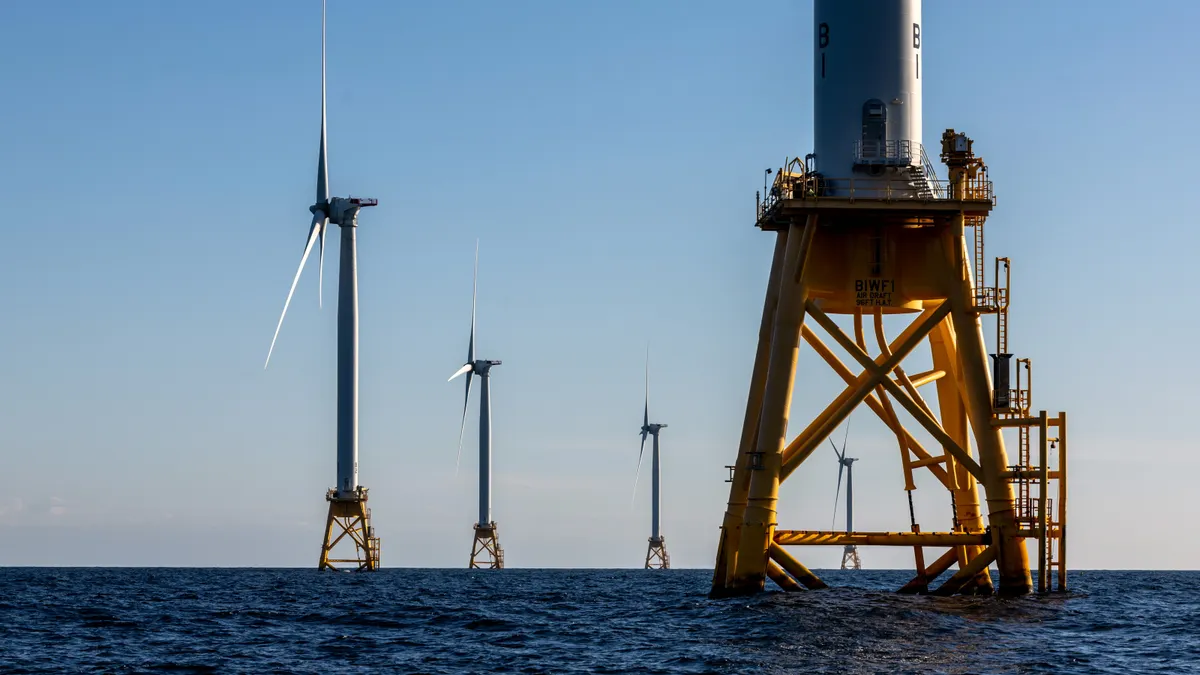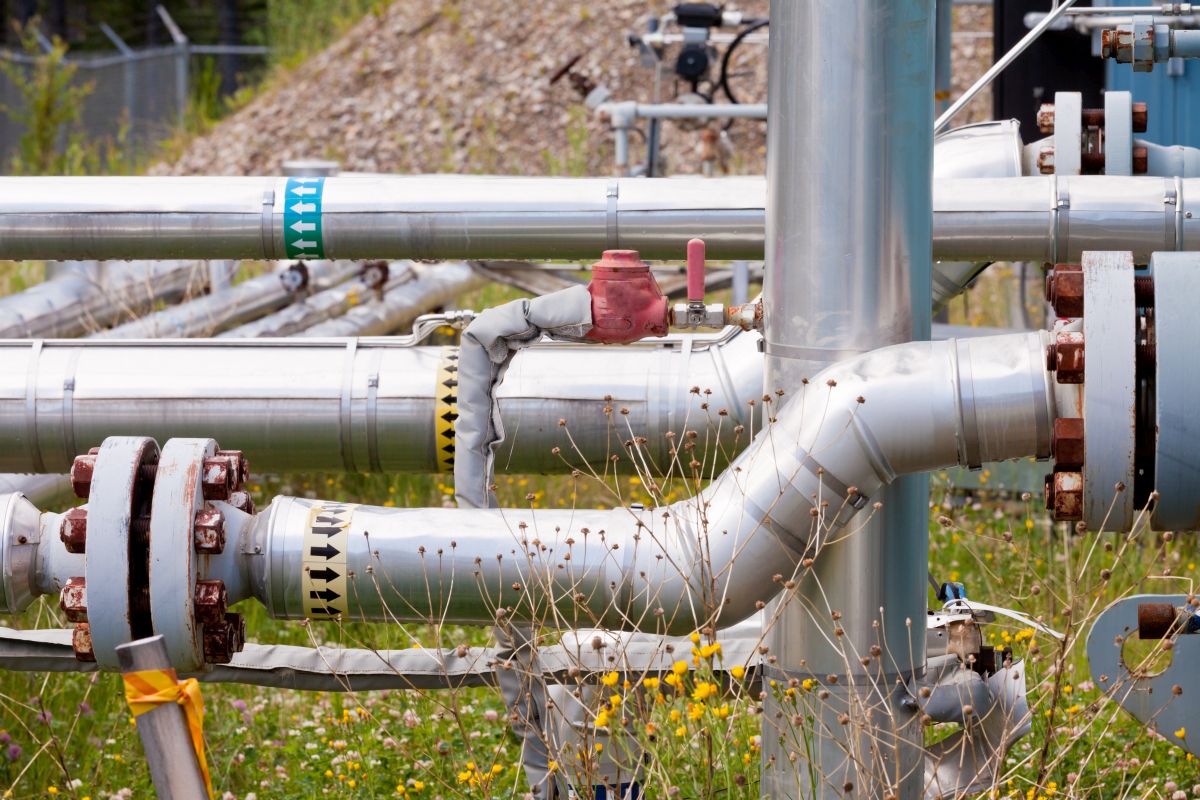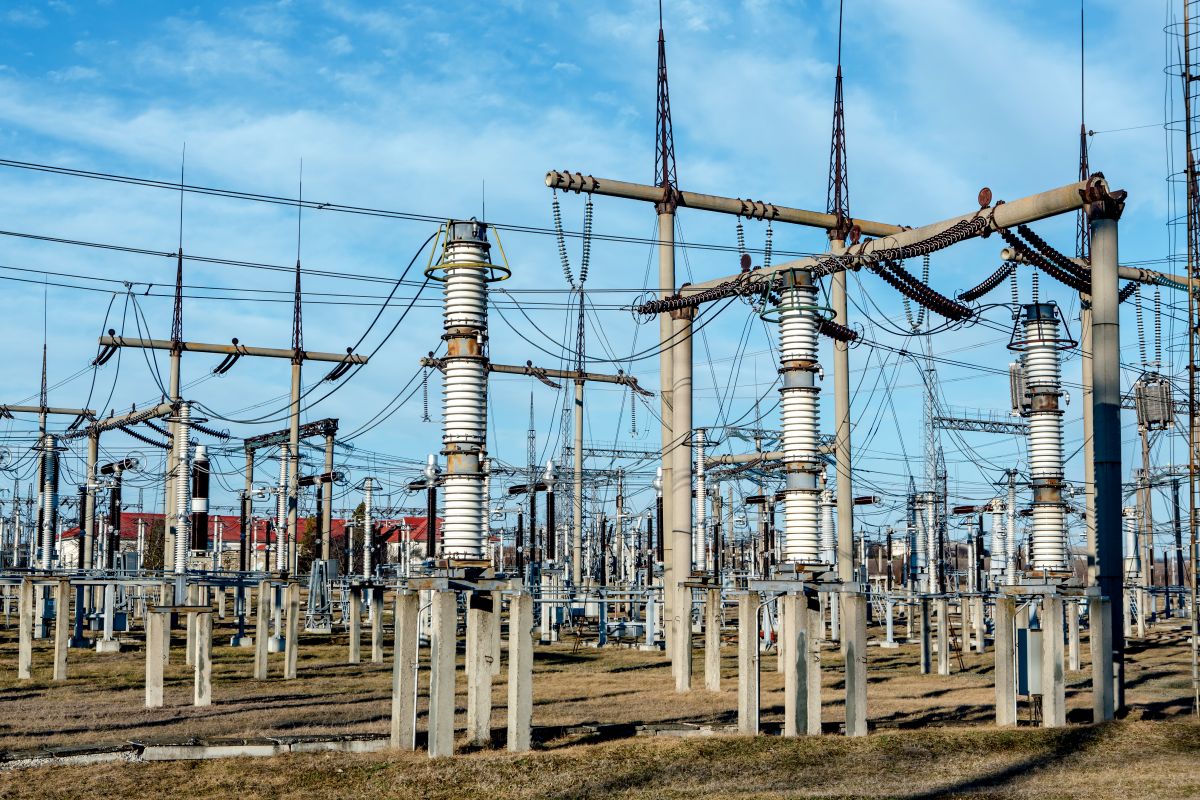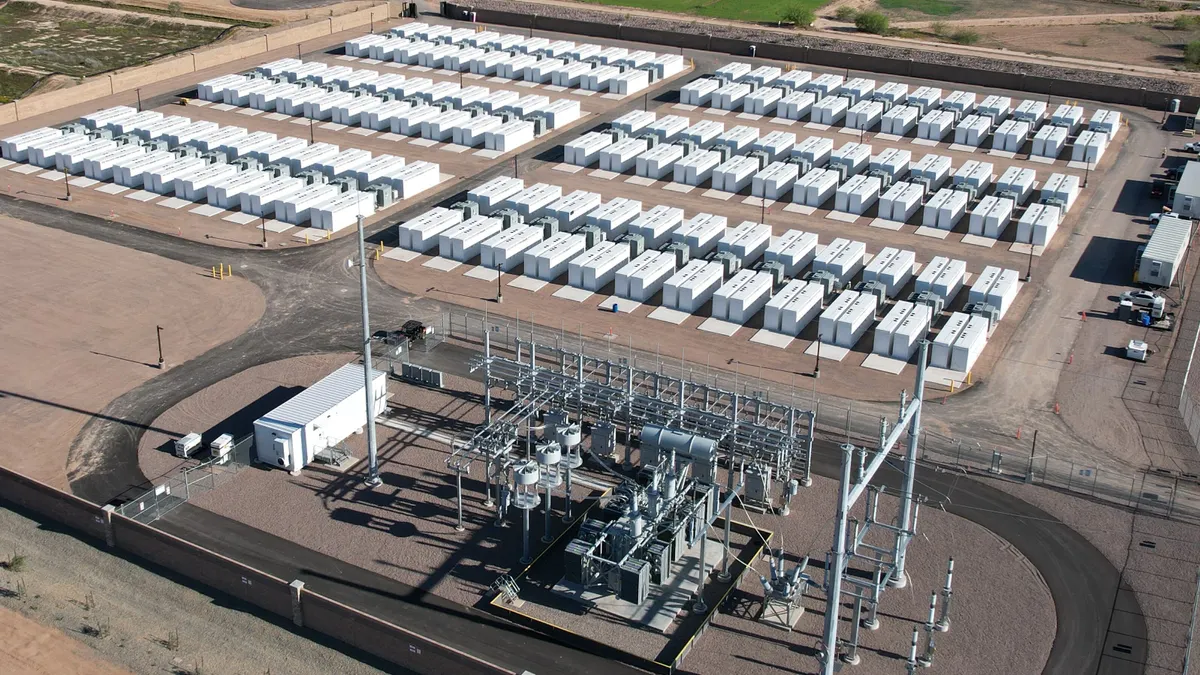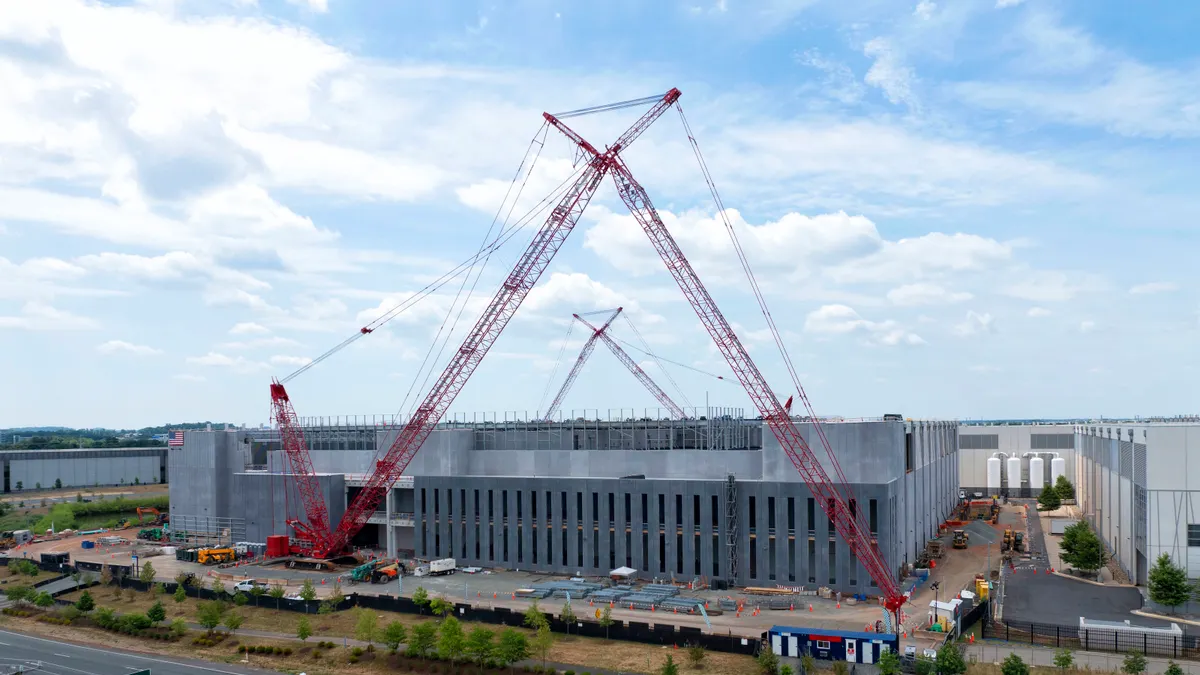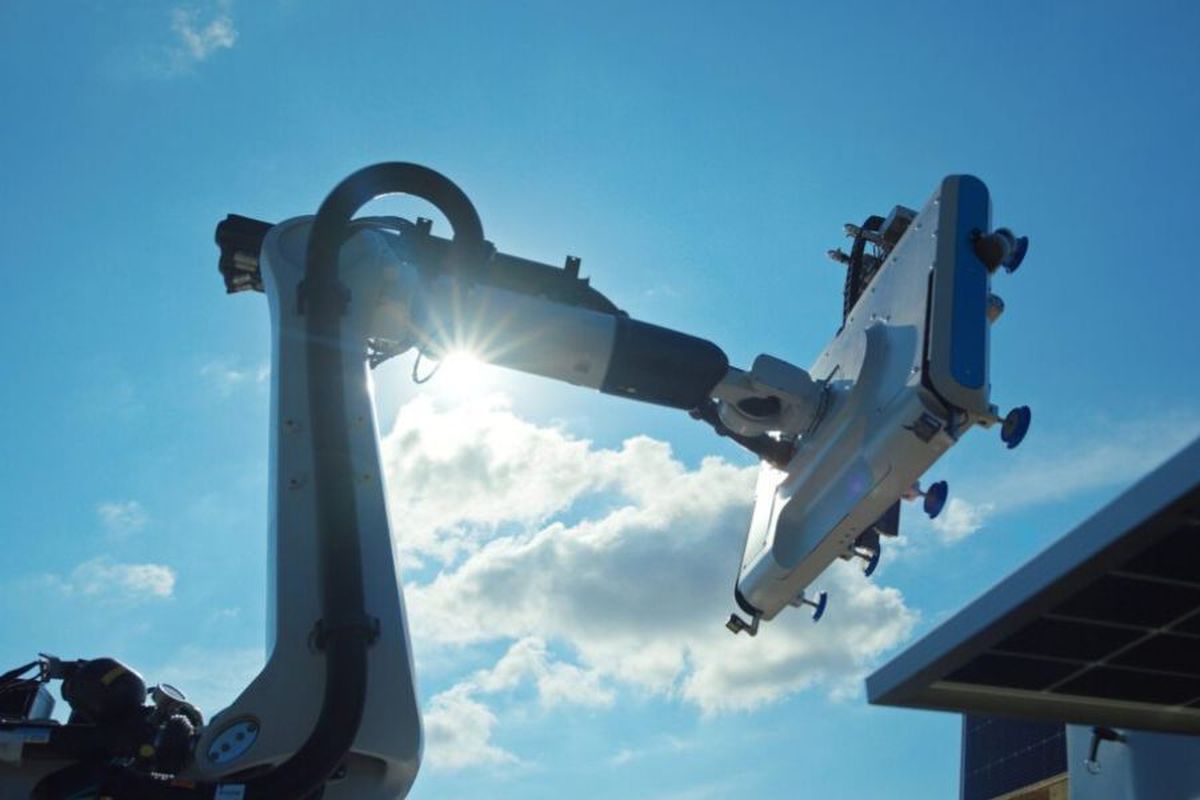WWW.POWER-ENG.COM
Wind farms play an important and growing role in the transition to more sustainable energy sources. In 2023 alone, the wind industry added a staggering 117 gigawatts (GW) of global capacity, according to the Global Wind Energy Council. However, maintaining or accelerating an aggressive pace like this requires energy providers to have the confidence that the solutions they put in place will perform reliably with minimal downtime.
CHALLENGES OF WIND FARM UPKEEP
Ensuring the efficient operations of wind farms involves overcoming a myriad of challenges. These assets are not “set it and forget it” investments. The key to success lies in maintenance, as neglecting it can lead to significant, costly damage to equipment and loss of energy production. Yet many wind farm operations remain largely reactive with their maintenance approach, addressing problems only as they arise.
Beyond the inconvenient and costly interruption in energy production, addressing problems only after they have occurred can shorten the lifespan of wind turbines, as one point of failure can trigger a chain of additional problems. Additionally, when a turbine fails, downtime might be exacerbated during periods with potentially harsh weather conditions, like ice and snow, which can limit access to the turbines, further extending repair times.
MONITORING TURBINE PERFORMANCE
While not every problem can be predicted, access to analytics data and tools like artificial intelligence and machine learning (AI/ML) make it easier to predict turbines at risk for failure and other problems, while being prescriptive on the steps to follow to mitigate risk. By using real-time analytics along with historical and other data points, operators can better understand where and even when failures might occur. They can then schedule preventive maintenance and other actions necessary to avoid failure and disruption of operations. By making informed decisions about potential problems ahead of time, operators can prioritize the most critical tasks while scheduling maintenance during periods where disruption to production will be minimized.
Similarly, these technologies are paving the way for more reliable production from wind farms as more large wind farms dot horizons globally. Solutions with analytics, augmented by sensor data from turbine blades, real-time weather conditions, and more can provide operators with continuous insights into turbine performance, enabling them to optimize performance.
When armed with real-time knowledge of turbine performance, operators can focus on how to maximize energy production. Sensors reporting back on wind volumes and direction, for instance, might prompt operators to make subtle remote tweaks to turbine blade angles to capture more wind and maintain energy production.
The goal for prescriptive maintenance and improved monitoring is minimizing downtown and ensuring turbines are operational when they are needed most. The benefits include fewer disruptions, extended equipment life, lowered operational costs, and fewer resource-intensive repairs. With reduced downtime, less energy is wasted, which is important in lowering the environmental footprint of wind energy.
BETTER PREPARED FOR THE FUTURE
So why does wind matter so much? As nations diversify their energy mix to address rising global energy demands with a reduced carbon footprint, wind power becomes an essential component of the strategy. The US Department of Energy noted in a 2024 report that wind energy produces around 11 grams of CO? per kilowatt-hour of electricity generated. In comparison, coal produces about 980 grams CO? per kilowatt-hour.
Even if the goalposts for climate targets shift, many governments and enterprises are committed to decarbonization. Wind energy will play an important role in global sustainability efforts. For many organizations, reducing the carbon footprint of operations is as important as the clean energy produced. According to a Royal Society of New Zealand study, wind farms can offset the carbon emissions produced during their construction in two years or less, which is a significant value compared to their typical lifespan of 30 years.
Clean wind energy offers numerous advantages, and predictive maintenance and monitoring are essential to ensure it remains a reliable, renewable, and scalable solution for meeting growing energy needs.
ITALIAN WIND FARM PRIORITIZES MAINTENANCE
A wind farm located in an especially windy area of Italy is a great example. This site has a total capacity of 126 MW and consists of 57 wind generators, producing about 250 GWh annually.
As it embarked on its digital maintenance journey, operators outlined a variety of important goals for the operations of its renewable resources:
- Optimize control of its operations
- Improve downtime by scheduling maintenance during periods of low wind
- Increase productivity and mechanical availability
- Continuously improve maintenance procedures
To get started, a network of vibration sensors and equipment data collectors was installed across the wind turbines. Following this critical step, the company restructured its maintenance approach to reduce downtime and extend the lifespan of its equipment. Analysts review incoming data and perform first-level alert analysis as part of a streamlined workflow. Once validated, alerts are passed on to the operations maintenance team and equipment provider. The digital solutions put in place help build a proactive maintenance strategy, offering clear instructions to protect the equipment, even when immediate action is not possible.
REALIZING THE VALUE OF DIGITIZATION
Just like the Italian wind farm, there are many additional benefits energy providers can realize through digitization, analytics, and machine learning:
- Proactive maintenance approach: A several-month window into potential equipment degradation enables better prediction and optimization of maintenance requirements.
- Increased power production and turbine uptime: Enhanced monitoring and planning ensure more consistent energy output.
- Up to 10% annual reduction in maintenance costs: Improved planning reduces unnecessary expenses.
- Lower equipment replacement costs: Predictive and prescriptive maintenance minimizes severe damage, extending equipment lifespan.
There is no doubt wind energy will remain a key element of the energy transformation and a crucial factor in achieving sustainability goals. By employing real-time data analytics and predictive maintenance solutions, providers gain greater reliability and safety, reduce costs, and can help accelerate their journeys to net-zero emission targets.?




